Author: Dr. Aravinda Nanjundappa
Institution: Director of Peripheral Interventions, Cleveland Clinic, USA
Summary
This presentation covers the strategies for endovascular reconstruction of inferior vena cava (IVC) occlusion, focusing on the causes, symptoms, and treatment methods. Through detailed case analyses, the author demonstrates how balloon angioplasty and stent placement effectively treat IVC occlusion and improve patients’ quality of life.
Causes and Symptoms of IVC Occlusion
• Causes: The occurrence rate of IVC occlusion among patients treated for lower extremity deep vein thrombosis (DVT) ranges from 4% to 15%. The most common cause is an initial thrombotic event such as DVT. Other causes include tumor growth, compression, trauma, and failure to remove IVC filters, leading to occlusion.
• Symptoms: Symptoms of IVC occlusion include fatigue, dizziness, abdominal pain, night sweats, loss of appetite, palpitations, shortness of breath, low blood pressure, heaviness, and swelling in both legs.
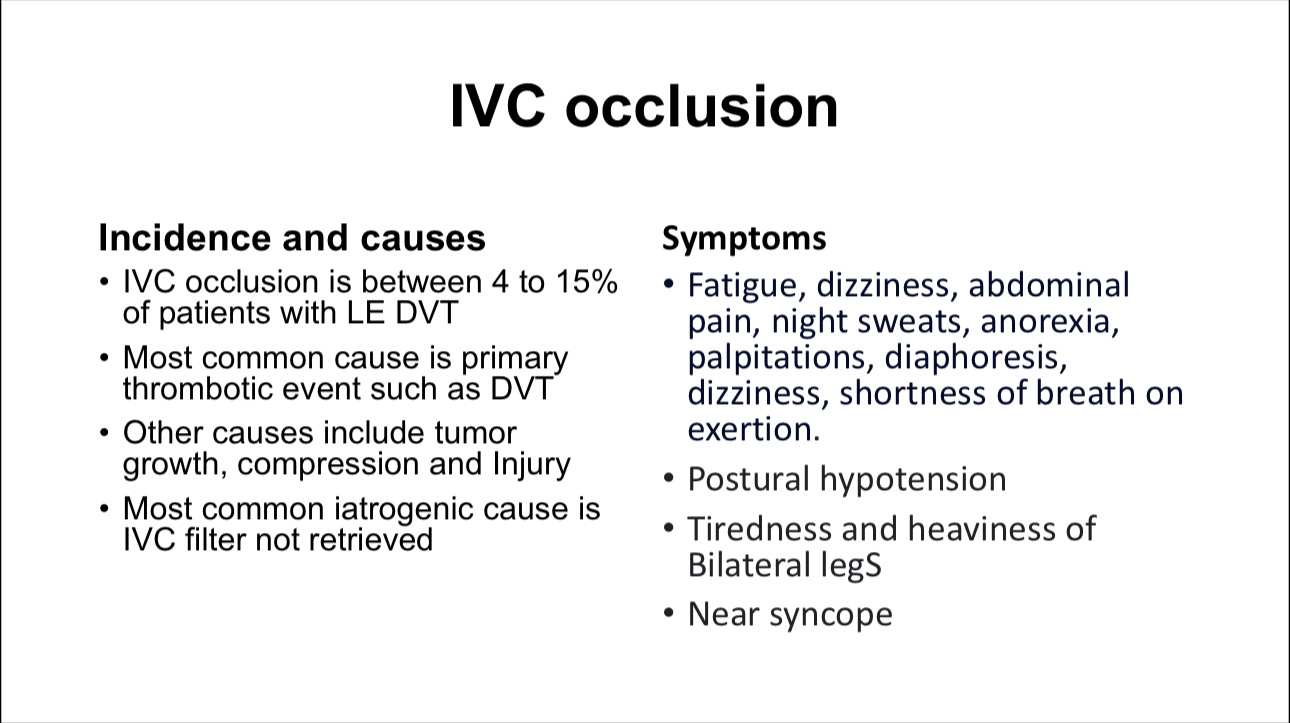
Diagnosis and Workflow
• Diagnostic Procedures: The diagnostic process for IVC occlusion includes a medical history review, physical examination, ultrasound, CT venography (CTV), magnetic resonance venography (MRV), and right heart catheterization.
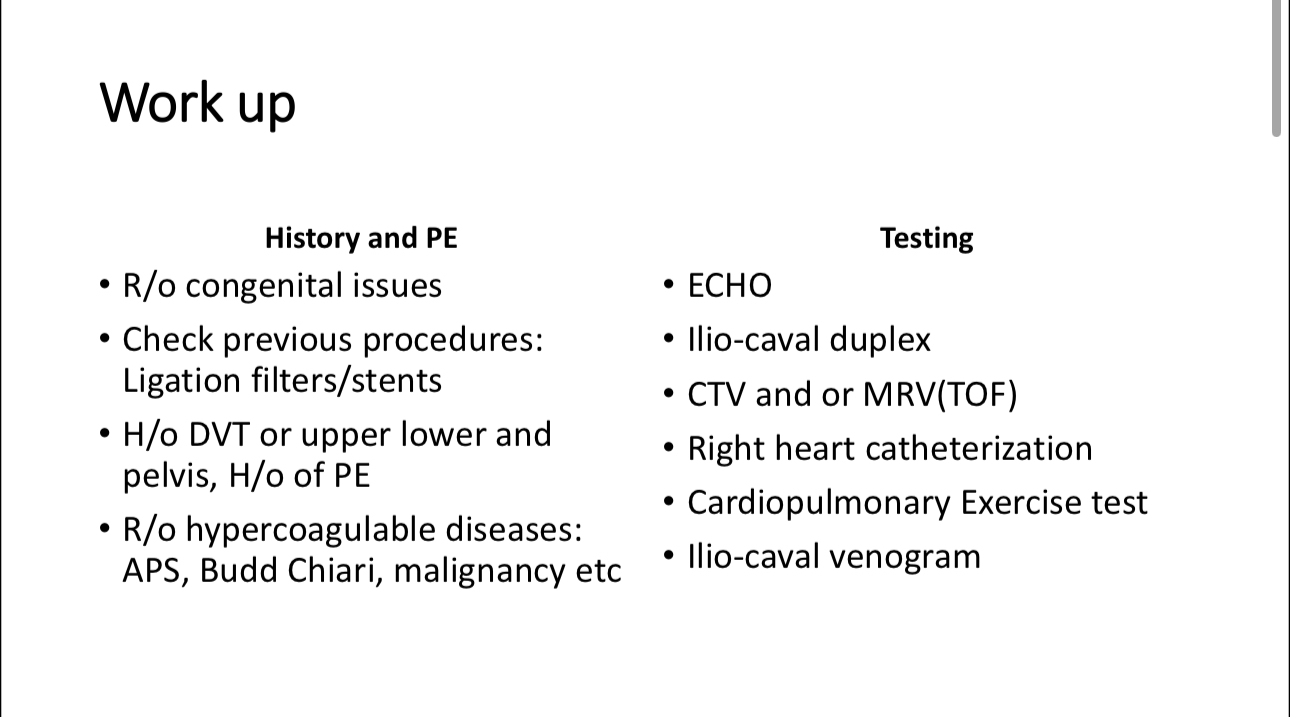
• Confirming Occlusion Symptoms:Right heart catheterization combined with exercise testing provides accurate diagnosis of IVC occlusion and helps assess blood flow conditions in patients.
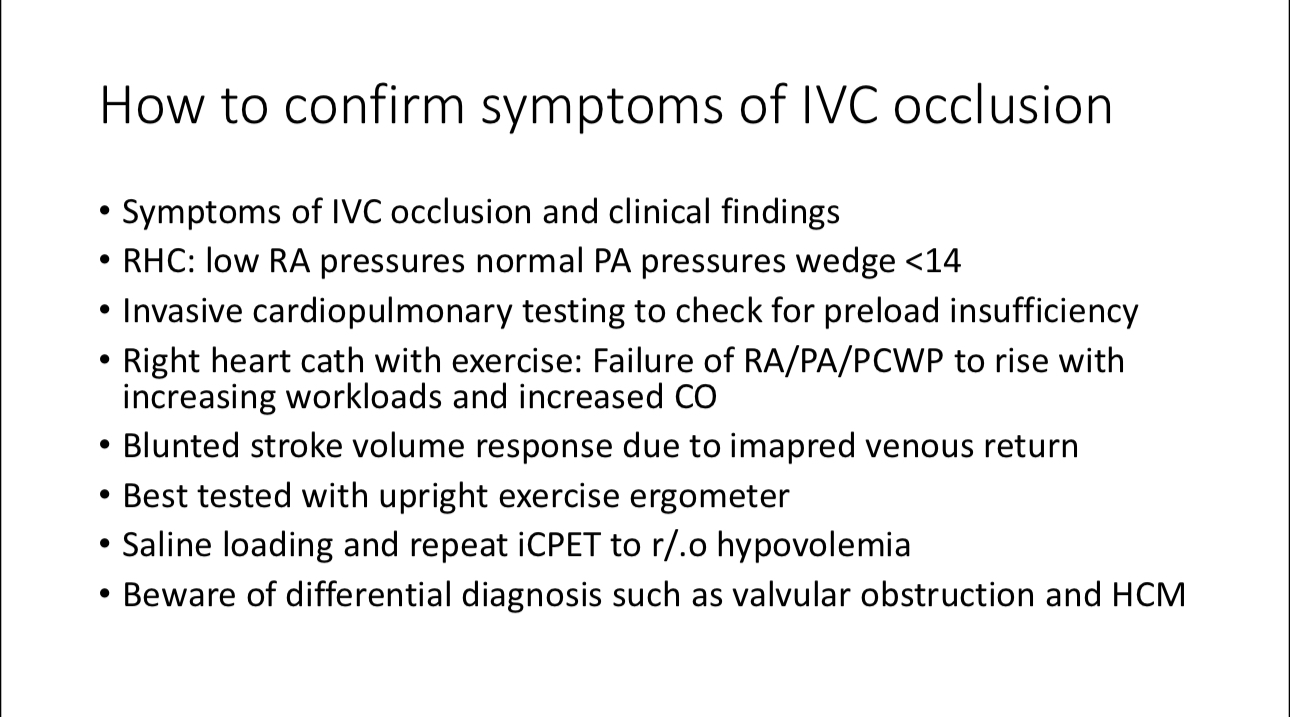
Endovascular Reconstruction Techniques
•Balloon Angioplasty and Stent Placement: Large balloons are typically used to dilate occluded IVC and iliac veins, followed by stent placement to ensure long-term patency. IVUS-guided stent placement increases technical success rates.
• Case Studies:
• Case 1: A 52-year-old patient with a history of multiple DVTs experienced significant improvement in leg swelling and breathing difficulties after balloon angioplasty and stent placement.
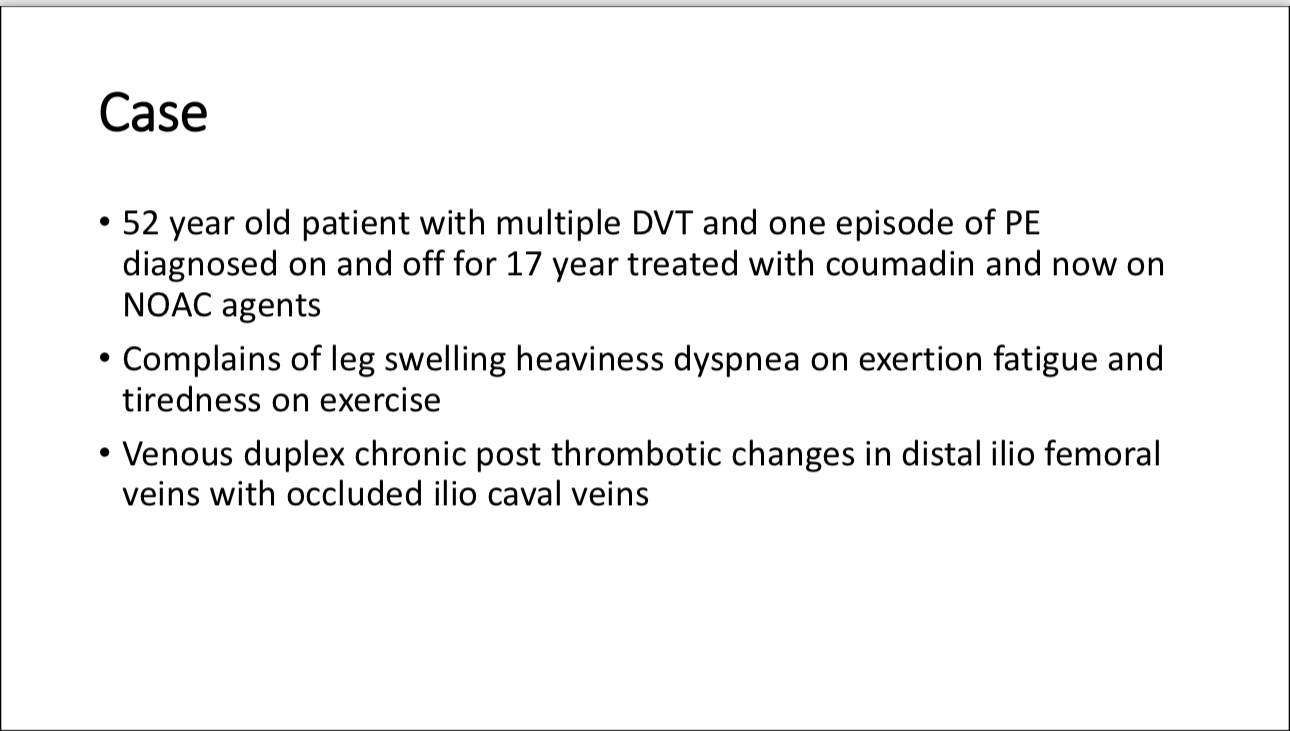
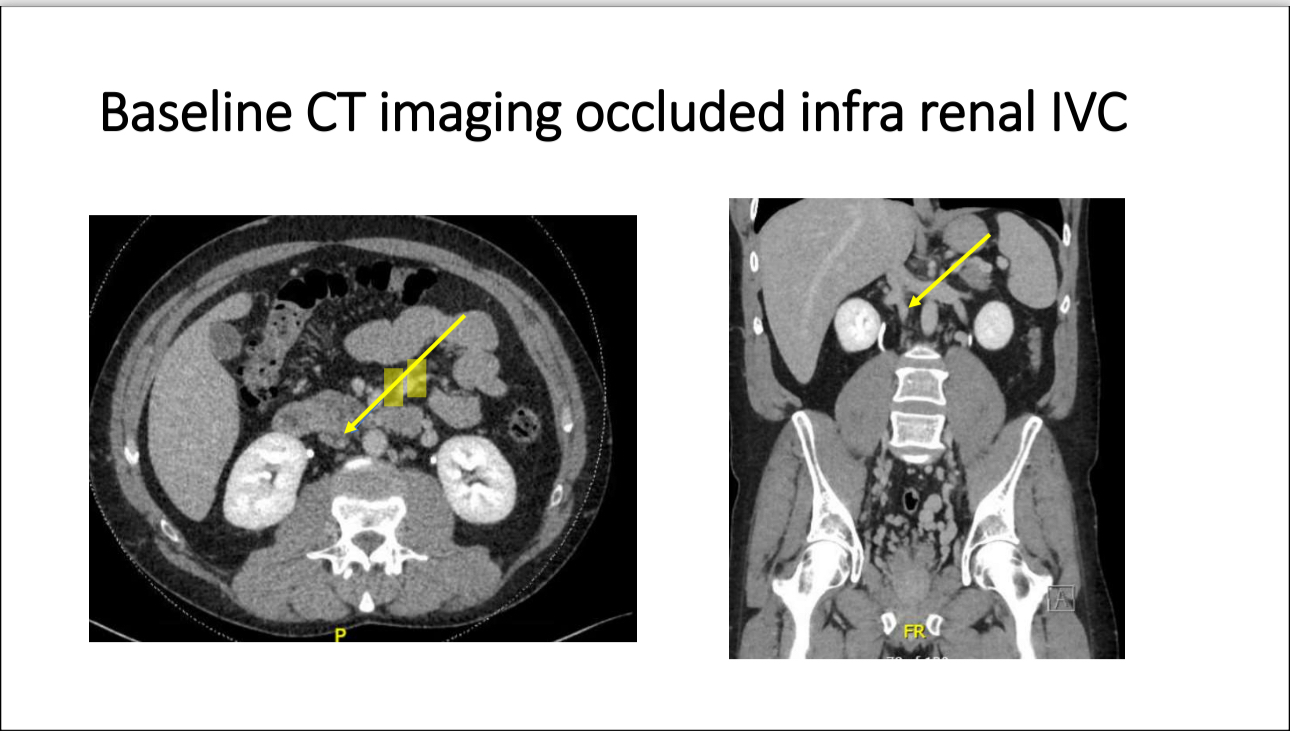
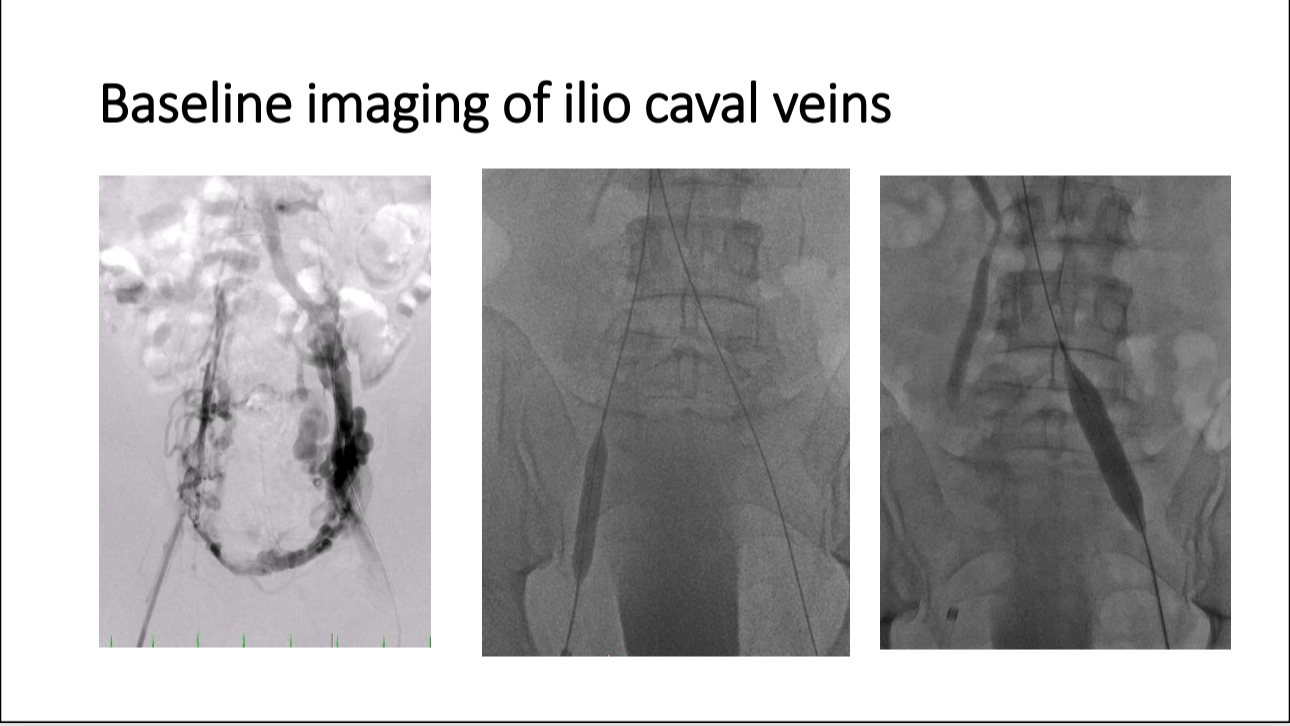

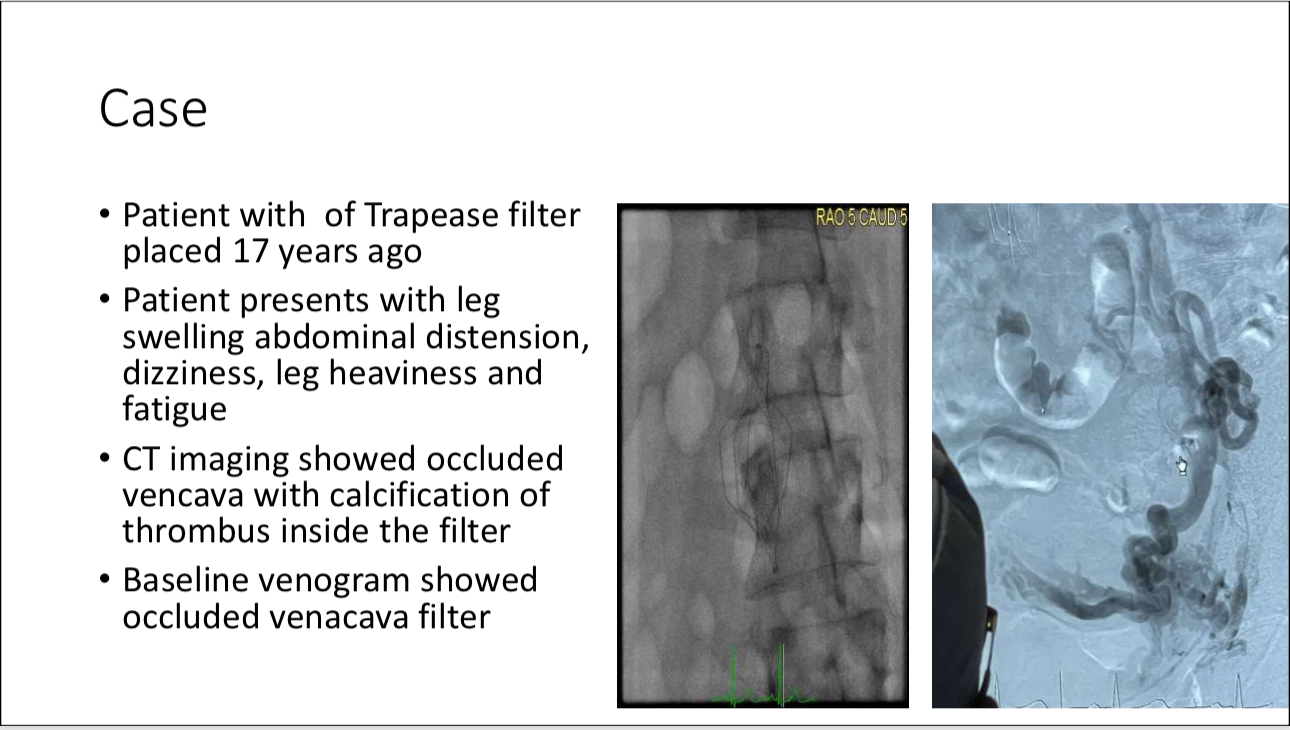
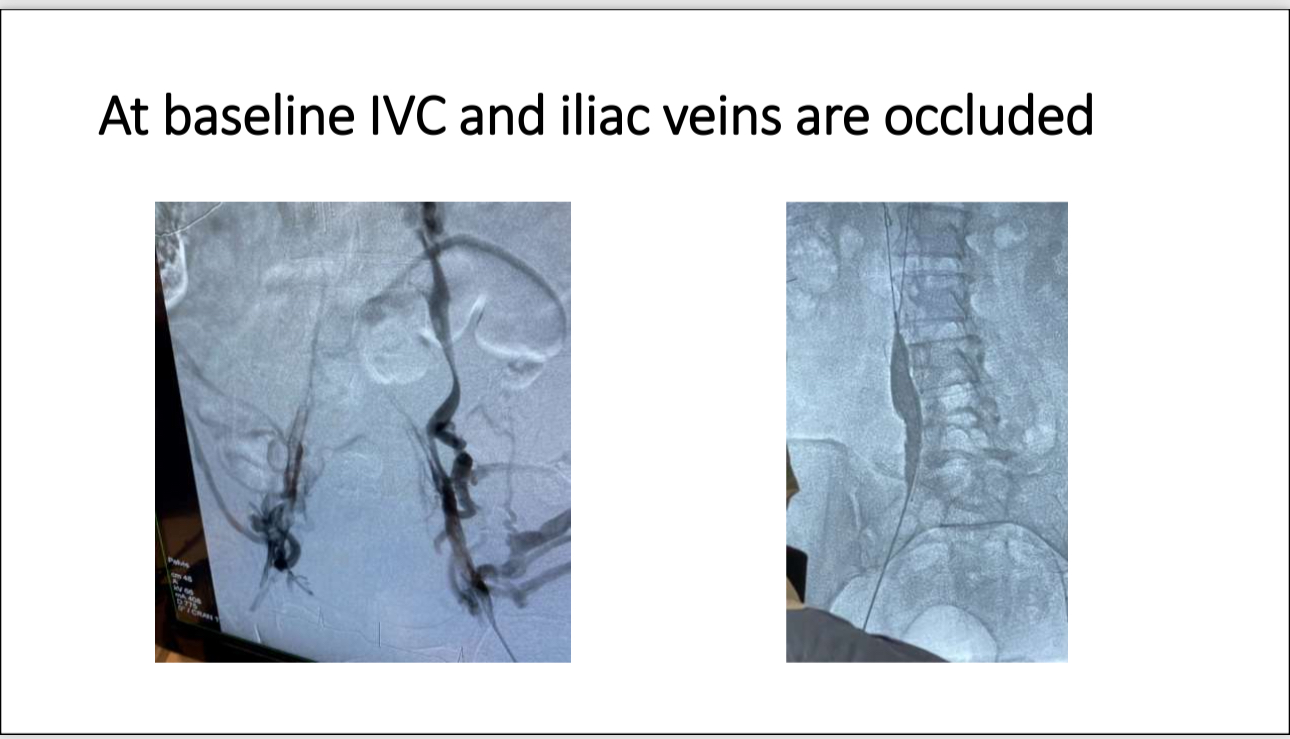
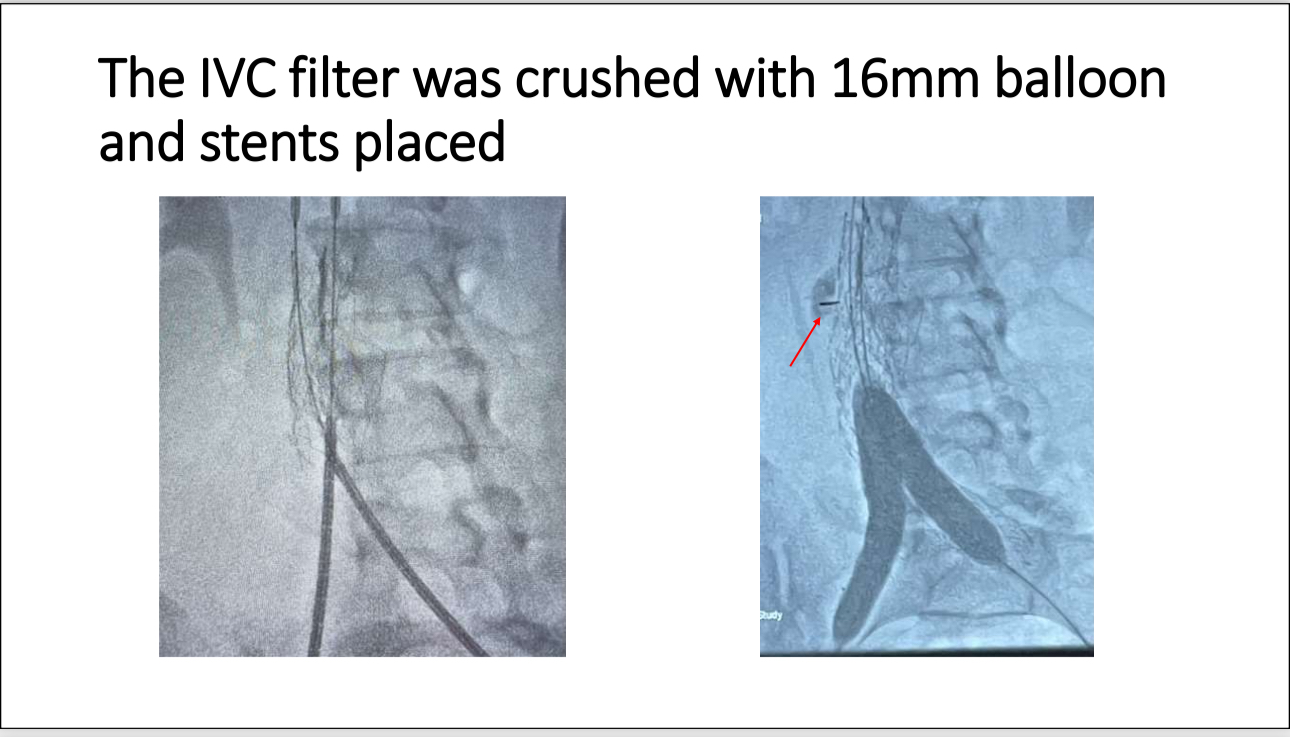
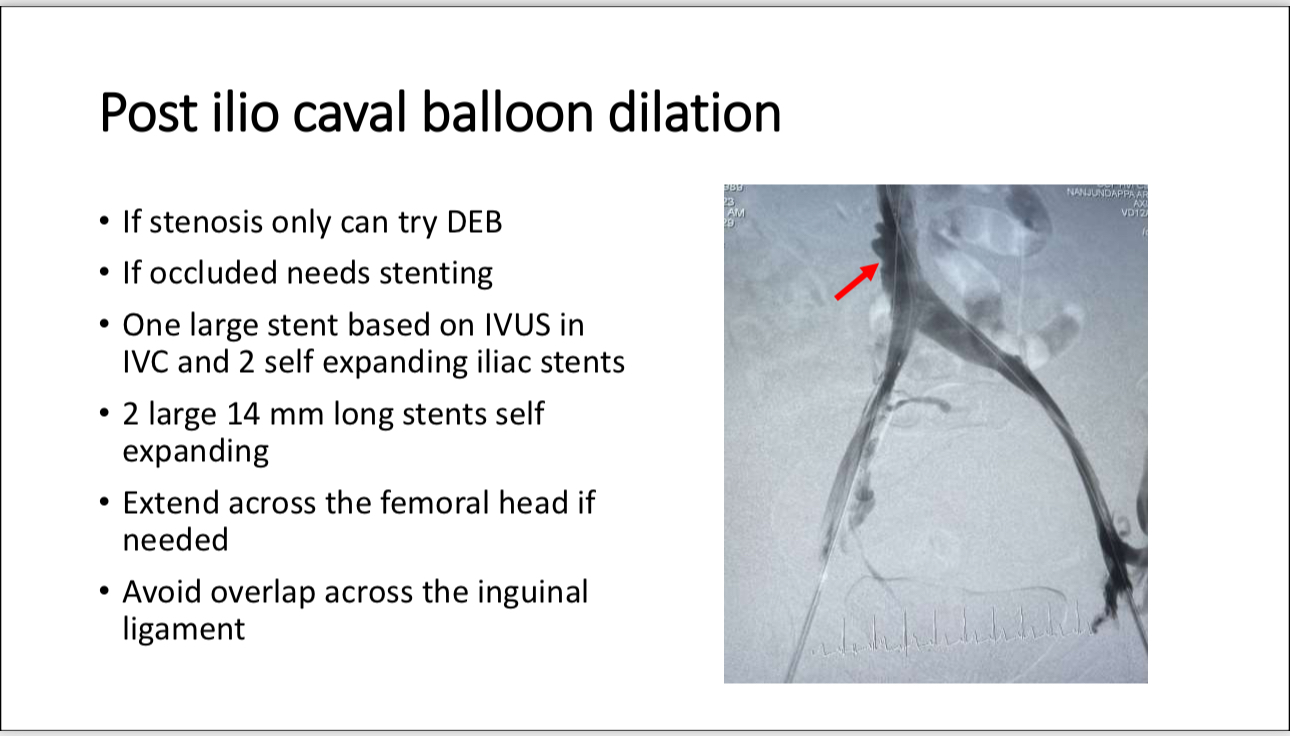
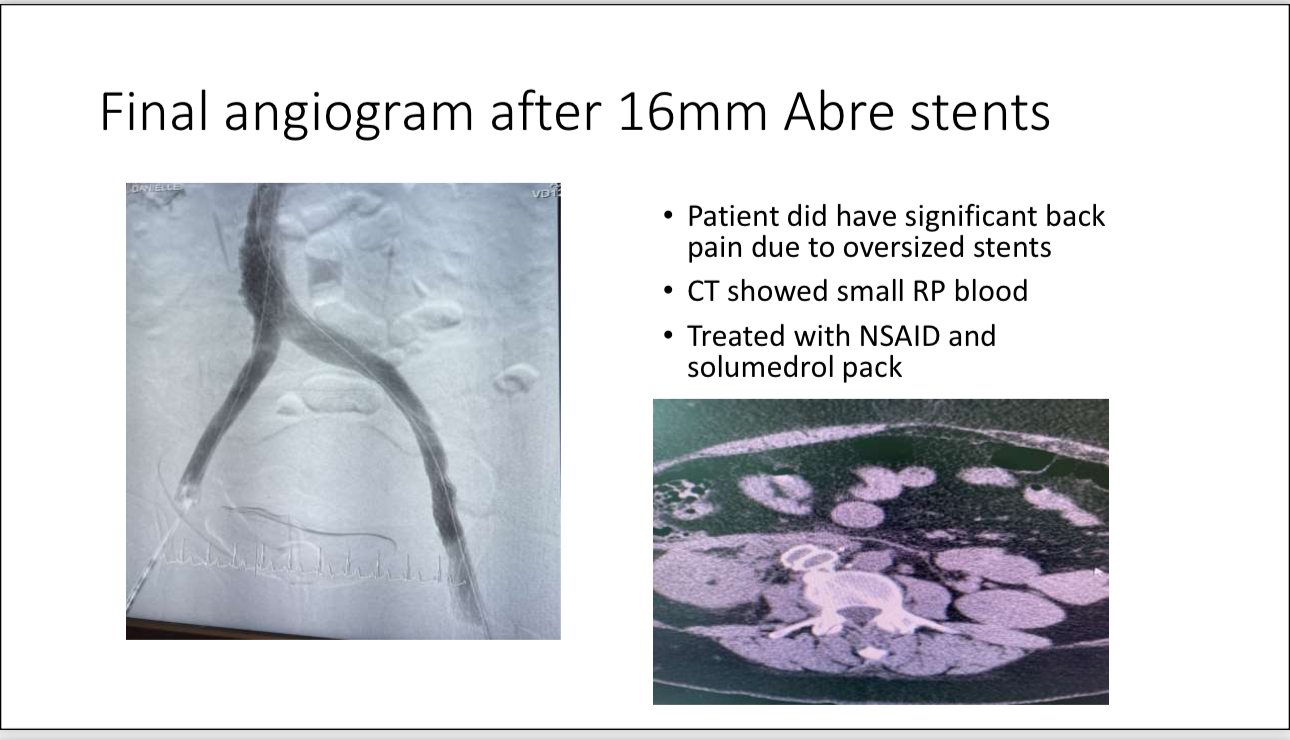
• Case 2: A 70-year-old male with IVC filter-induced venous occlusion underwent successful filter removal using laser assistance, followed by endovascular reconstruction to restore patency in the IVC and iliac veins.
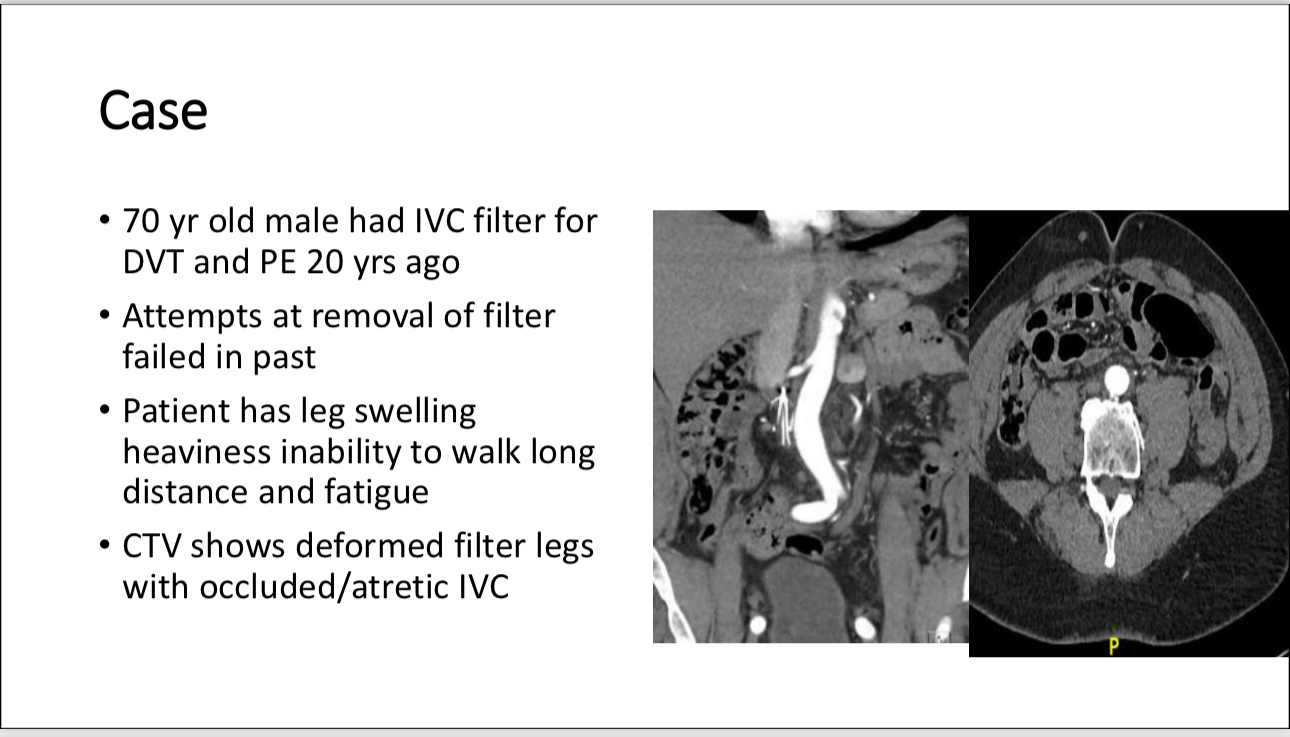
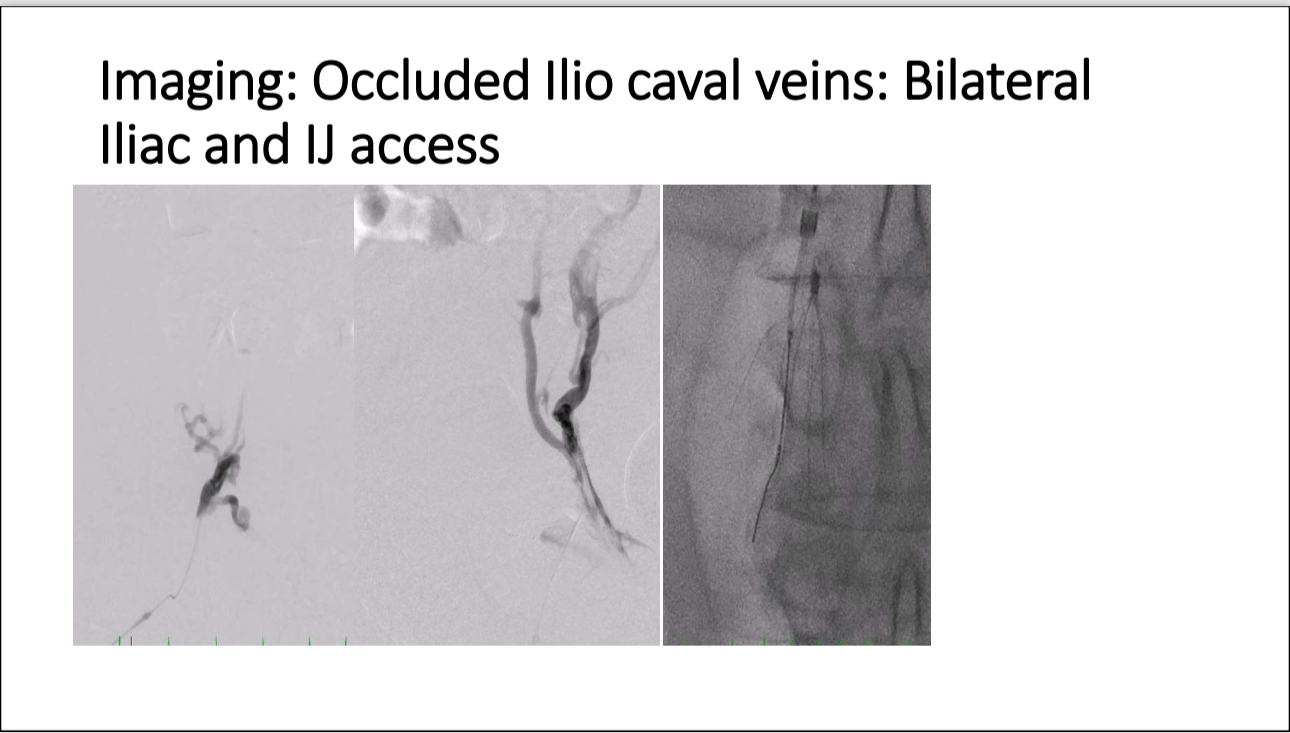
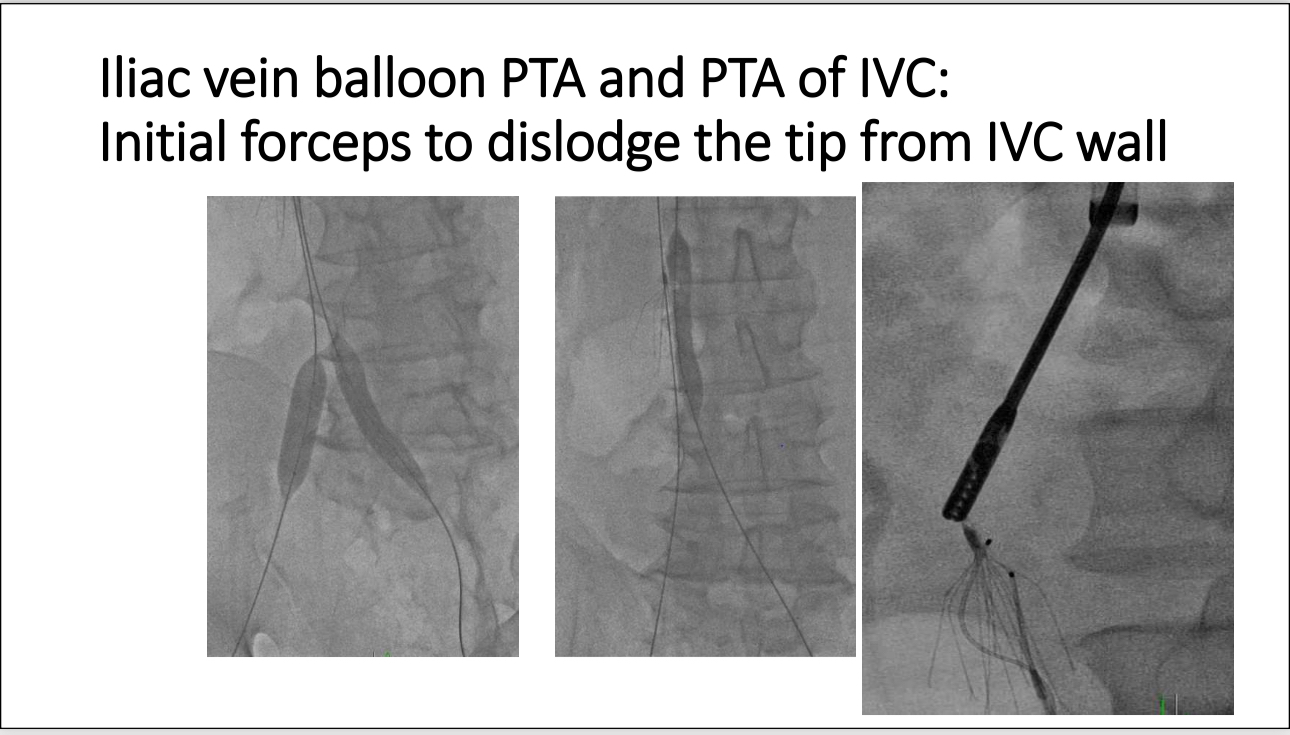
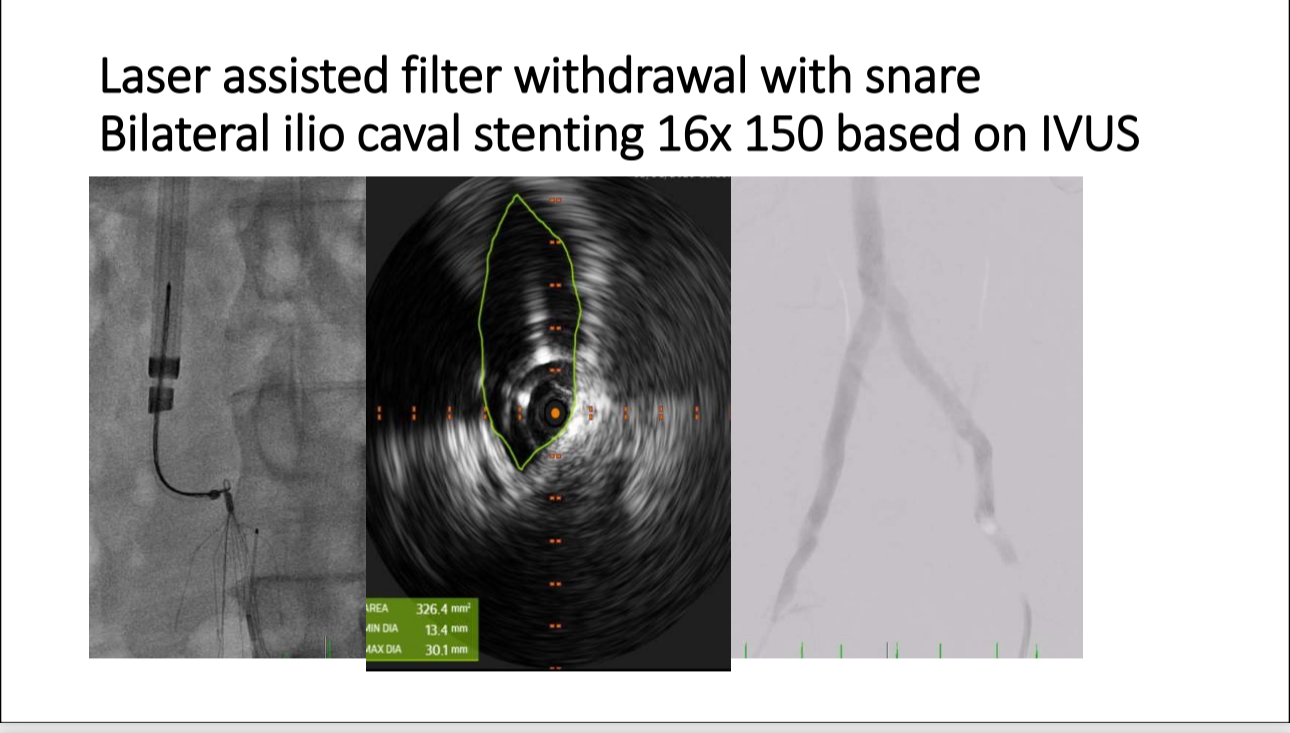
Complications and Future Directions
• Complications: Potential complications during IVC reconstruction include venous tears, back pain, and the risk of restenosis. Further interventions may be required in certain complex cases.
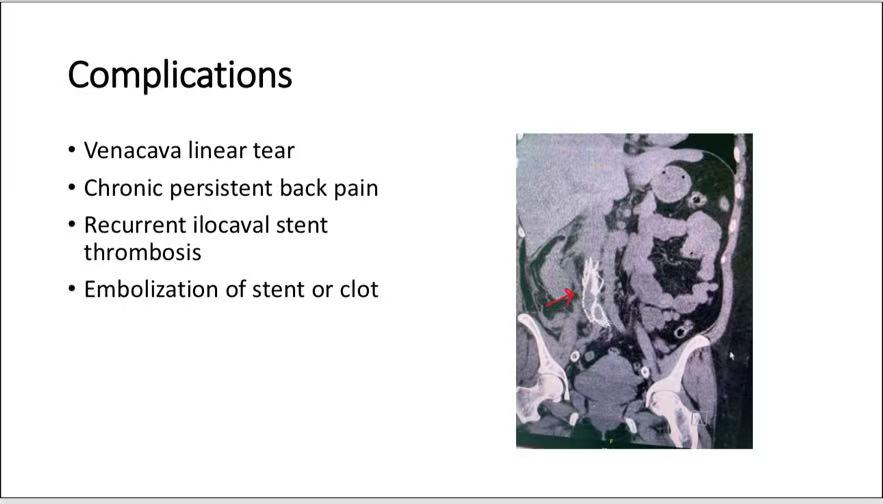
• Future Developments: The development of specialized IVC stents is underway, with clinical trials in progress. Standardized anticoagulation protocols will also be a focus of future research.
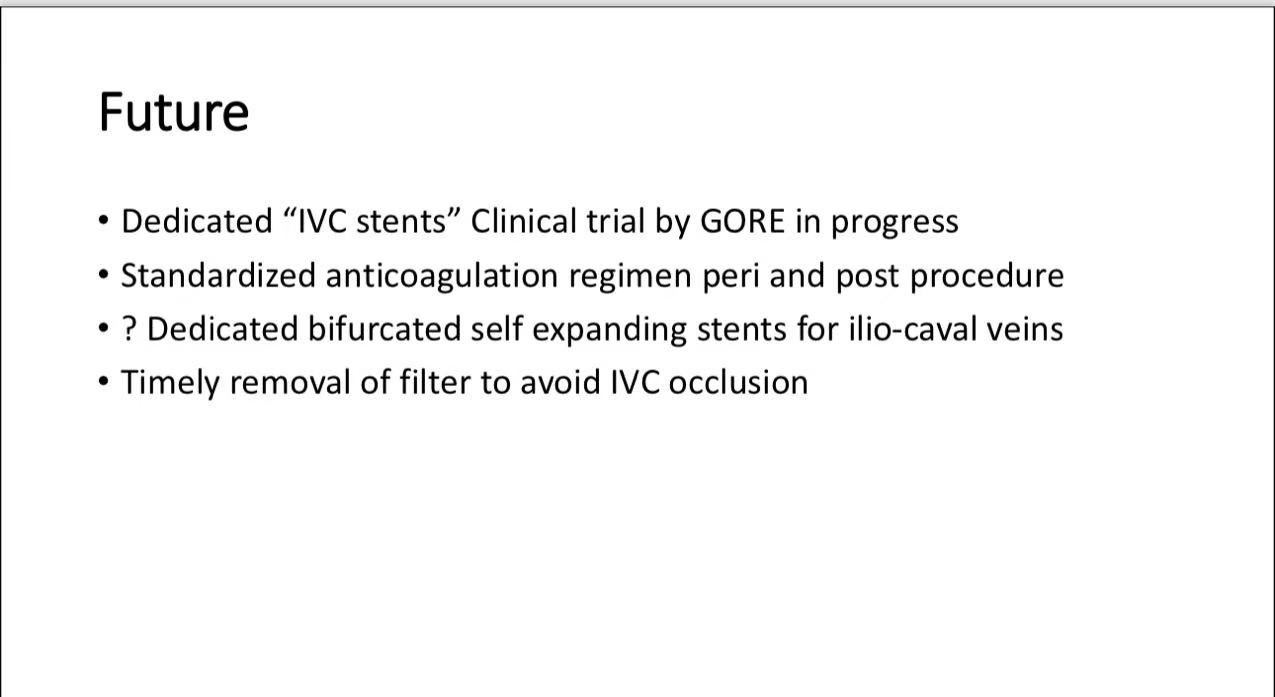
Conclusion
1. IVC occlusion is a common complication, especially among patients with IVC filters.
2. Endovascular reconstruction techniques, including balloon angioplasty and stent placement, are effective treatments for IVC occlusion and significantly improve patients’ quality of life.
3. Future advancements in dedicated IVC stent devices and standardized anticoagulation protocols will further enhance treatment outcomes.
Contact Us
• Email: endovascluar@simtomax.cn
More international information available at:
• Facebook: Vasco Knight
• Instagram: knight_vasco
Let’s safeguard health together and showcase your brilliance to the world!


